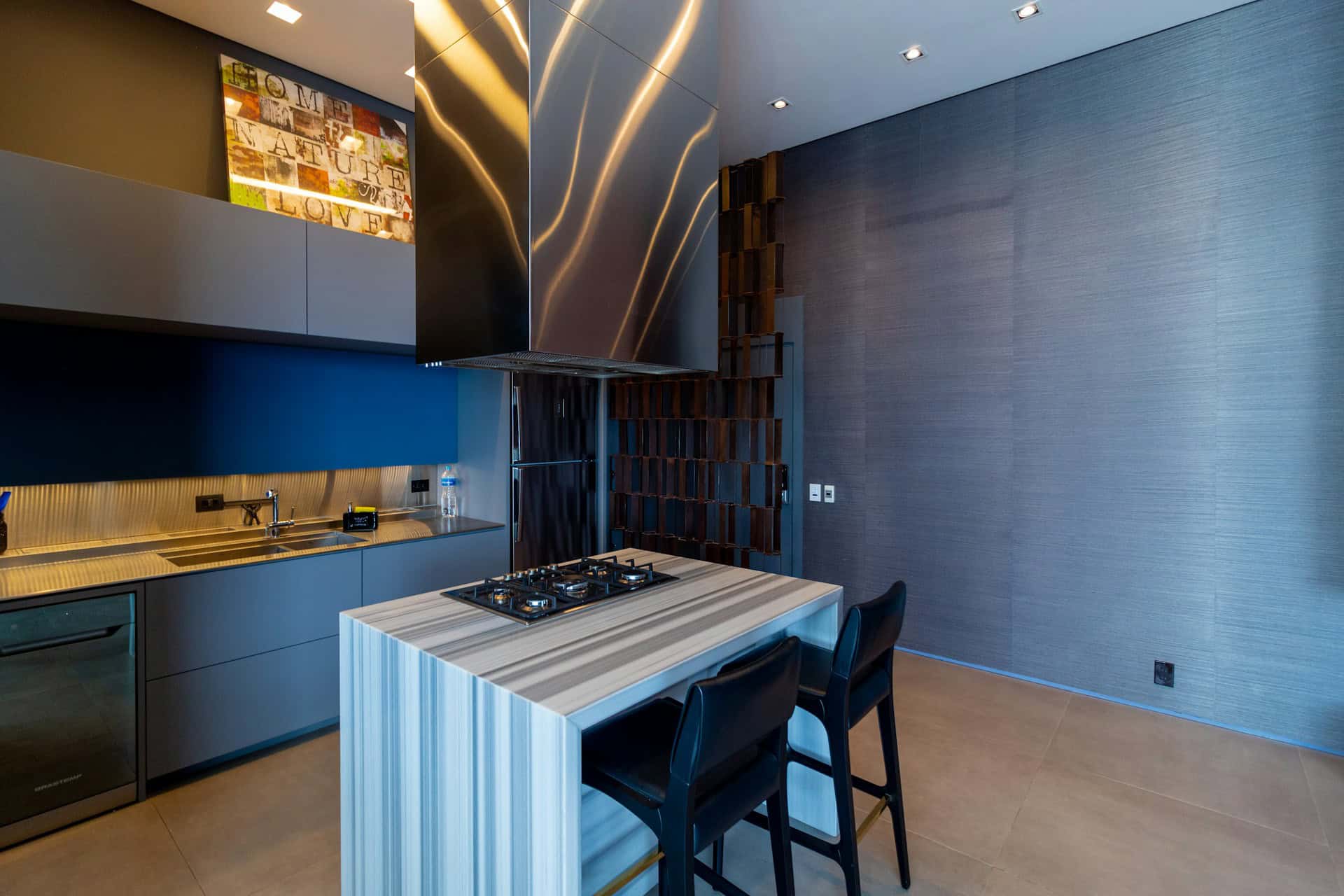
Question: How Long Can a Kitchen Exhaust Vent Be?
Answer: How long a kitchen exhaust vent can be depends on several factors, including vent diameter and the number of elbows. Generally, it shouldn’t exceed 100 feet for optimal performance, with shorter runs being ideal.
Kitchen Exhaust Vent Length
A properly installed kitchen exhaust vent removes cooking odors, grease, and moisture. Vent length affects performance. This article explains how to determine the correct length for your kitchen exhaust vent, balancing efficiency with practical installation considerations. Learn about optimal lengths, common restrictions, and potential problems from excessively long vents.
Ideal Vent Length for Peak Performance
Shorter vent runs maximize airflow and efficiency. Ideally, keep your vent run as short as possible. Every foot of venting reduces airflow, impacting the fan’s ability to remove contaminants. A short, direct route minimizes resistance and improves performance. While a shorter run is best, sometimes, due to kitchen layout or house design, a longer vent run is necessary.
Aim for a maximum length of 5 feet for a straight vertical vent. Horizontal runs should not exceed 25 feet, though under 10 feet is preferable. Each 90-degree bend adds the equivalent of 2.5 feet to the vent length. 45-degree bends add the equivalent of 1.25 feet. Minimize bends whenever possible.
Click here for more information on kitchen refacing Toronto
Related Article: Where is the Best Place To Put an Exhaust Fan in the Kitchen?
Related Article: How Do I Keep My Kitchen Well Ventilated?
Impact of Bends and Turns on Vent Performance
Each bend in a vent restricts airflow. 90-degree bends create significant resistance. 45-degree bends offer less resistance but still impede airflow. Minimize the number of bends in your vent run to optimize performance.
Imagine air flowing through a straight pipe. Now, picture the air navigating a sharp turn. The change in direction creates friction and reduces the air’s velocity. This principle applies to exhaust vents. Every bend disrupts the smooth flow of air, increasing resistance and reducing the fan’s effectiveness.
Choosing the Right Vent Material
Use smooth-walled metal ducting for your kitchen exhaust vent. Rigid metal ducts, like galvanized steel or aluminum, provide the best airflow. Flexible aluminum ducting allows for easier installation around obstacles but creates more resistance. Avoid flexible plastic or vinyl ducting as they can trap grease and pose a fire hazard.
Different materials offer varying levels of resistance to airflow. Smooth metal ducts create less friction than flexible ducts with ridges. This difference in resistance impacts the effective length of your vent run. A smooth metal duct allows for a longer run while maintaining efficient airflow compared to a flexible duct of the same length.
Signs of an Excessively Long Vent
Poor ventilation indicates a potential problem with your vent length or design. If you notice lingering cooking odors, excessive grease buildup on surfaces, or condensation on walls and cabinets, your vent may be too long or have too many bends. A noisy vent fan also suggests restricted airflow. These signs indicate the fan struggles to move air efficiently, requiring immediate attention to prevent further problems and potential hazards.
Imagine a straw. A short, straight straw allows you to drink easily. However, a very long straw or one with many kinks makes drinking difficult. Your kitchen exhaust vent operates similarly. A long or convoluted vent restricts airflow, reducing the fan’s ability to exhaust properly. Addressing these issues promptly ensures a safe and efficient kitchen environment.
Conclusion
Determining the appropriate kitchen exhaust vent length involves understanding the balance between ideal length, maximum length, and practical considerations like bends and material choices. Prioritizing a shorter, straight vent with smooth metal ducting optimizes performance. Recognizing the signs of an overly long vent helps you address potential issues proactively. Consult a professional if you have questions or need assistance with your vent installation for expert guidance tailored to your specific needs.

Blue Malue Get in touch with Blue here.
